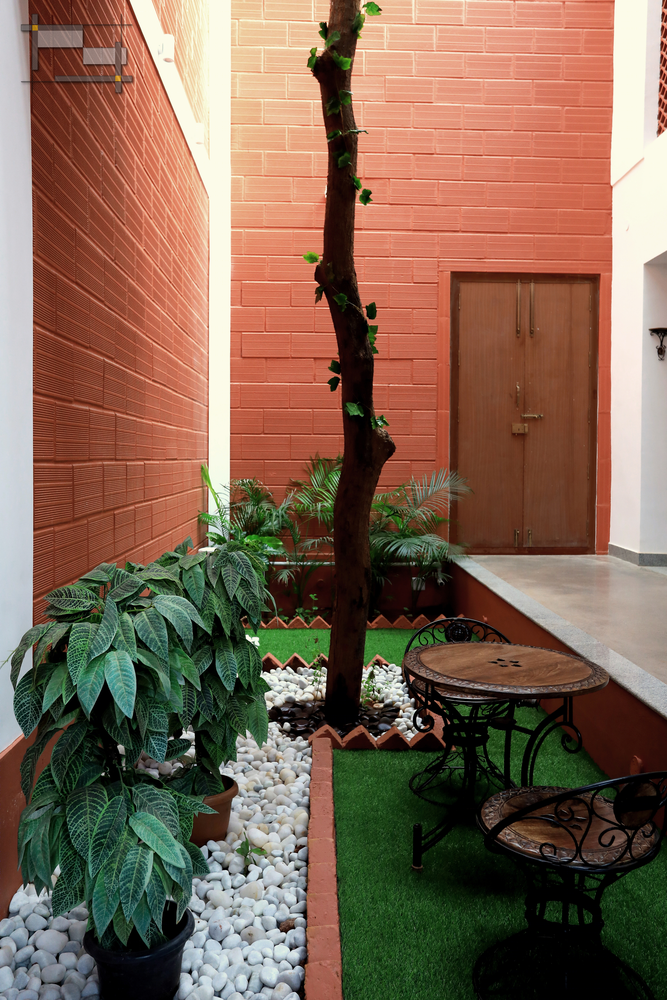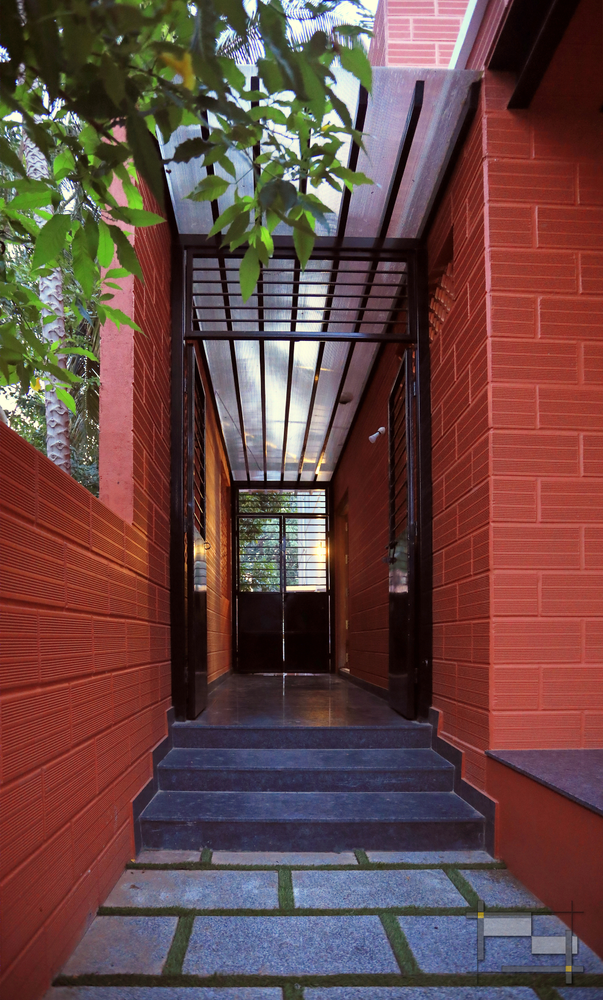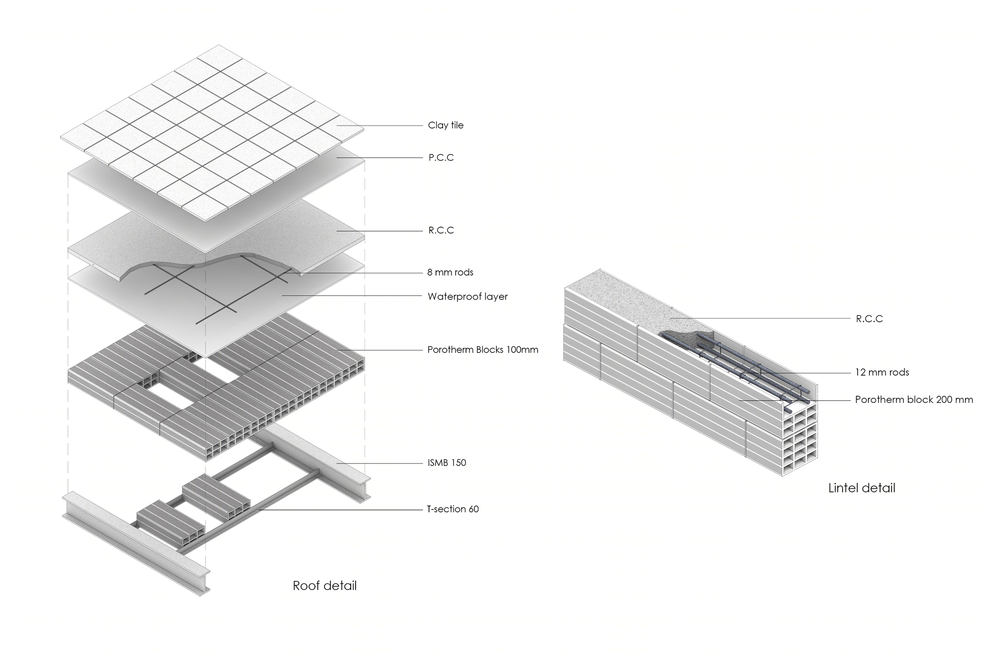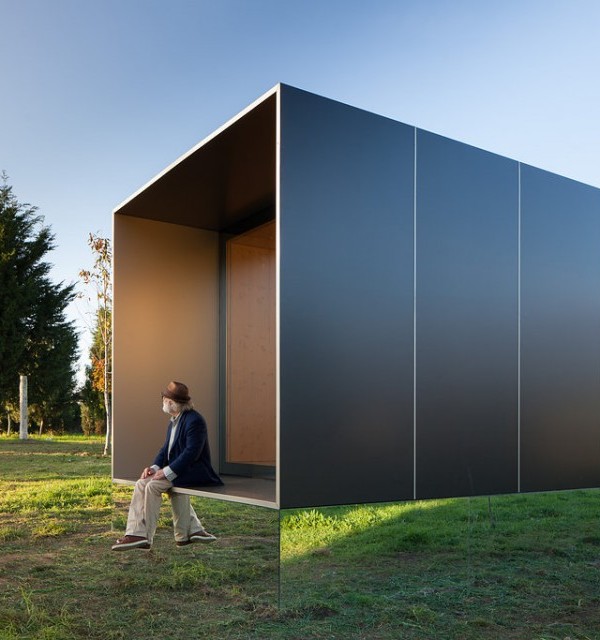印度 Coimbatore 的"Treehouse" | 自然与人工的和谐共生
Trees are some strongholds of nature, symbol of growth, strength, and nurture. Owing to this, it has always found constant interpretation through art and design since ancient times. It is no surprise to see its influence in architecture too.

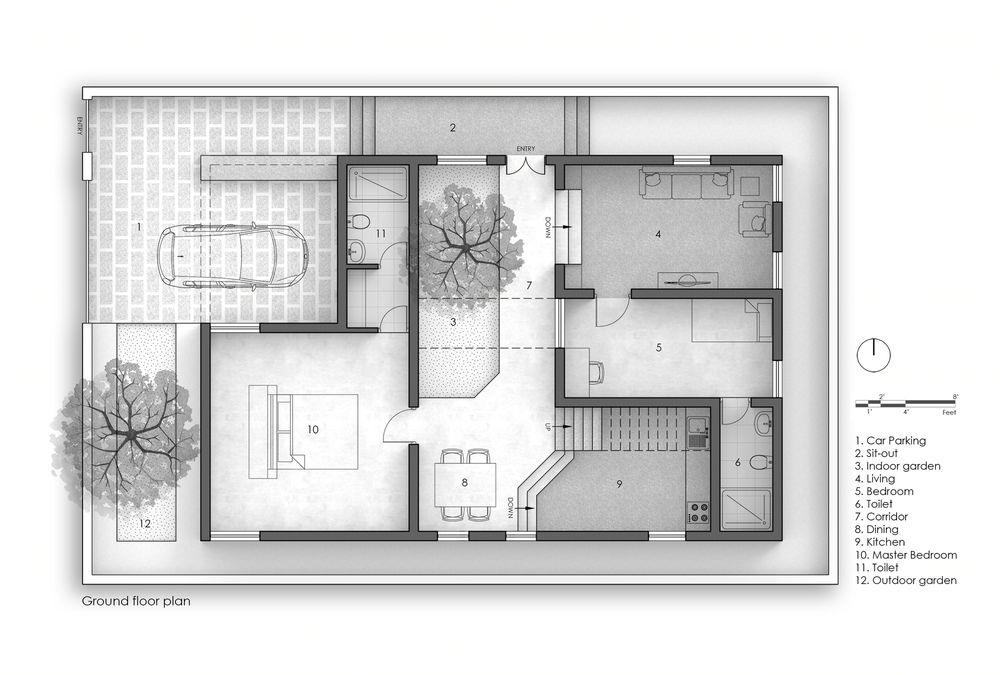


Located in the scenic town of Coimbatore in the state of Tamil Nadu, India, the project “Treehouse” serves as a conjunction and response to its immediate surroundings and conditions. It serves as a beautiful connection between nature and manufactured, showcasing the world how the two can perfectly coexist in harmony. Seated perfectly in a vibrant residential area filled with lush greenery and civic activities, the Treehouse is a conglomeration of old and new, by retaining the old existing structure and infusing it with the new building and features.

Concept - An old mango tree at the center of the site proved to be a decisive factor for the conceptualization and design of the new house. In a careful move to preserve the mango tree along with the existing structure, a simple plan that combined various ideas into one singularity has been devised; nature and man-made, former and newborn. It also comprehends the diverse programmatic concerns of its inhabitants; formal and informal, transparency and privacy, individual and collective.

Design - The layout of the house is conditioned by the centrally located tree encompassed by a garden space that splits the site into two halves. The double-height space has a pergola roofing which allows for radiant summer light to flow through it. The two halves of the house are connected by a bridge on the first floor which also provides for picturesque views. While from the outside, the house resonates as a strong terrain feature with its singular block; the interior has its fair share of interconnected and free-flowing spaces; rendering it as a porous nature. It has been designed in such a way that the interactive spaces flow intermittently from one to another while maintaining a sense of privacy.
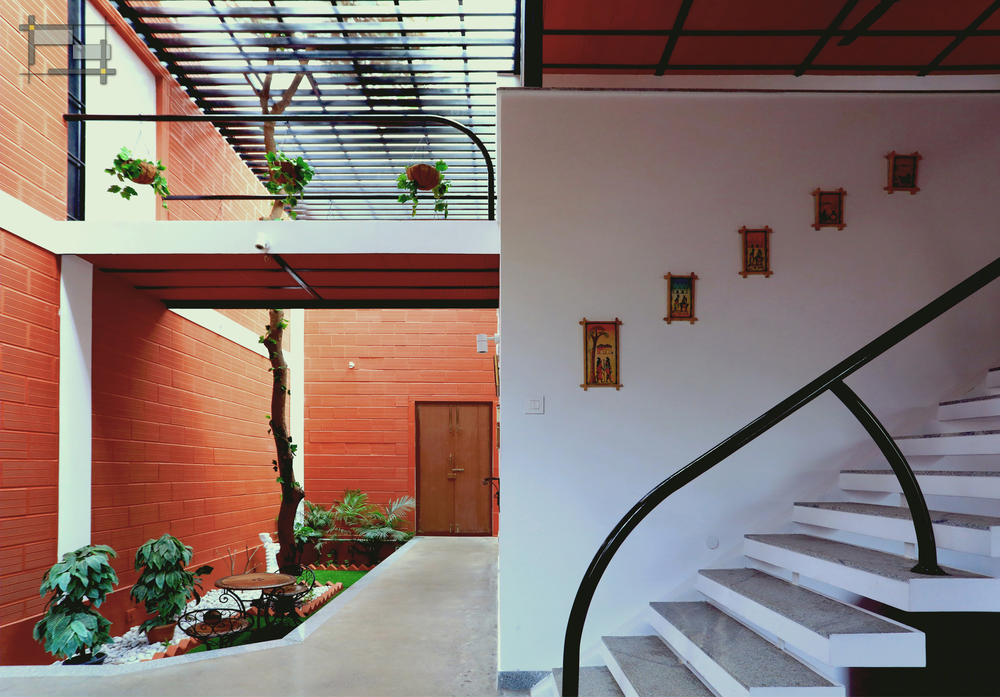


Materials - The catalogue of materials used which involve exposed Porotherm blocks, polished concrete, natural stones, and jali screens render the house a rustic and warm outlook. Not to forget, it doubles up to make the building environmentally friendly. Using these materials in its modernity also makes for a clever contrast of the newly built structure from the old existing one. While the old one is given a makeover with white, the new structure shimmers in red, giving a sense of rawness. The exposed brick construction used in walls provides for an uninhibited connection between the interior and exterior while also conveying a rich earthy feel to the architecture. The polished concrete on the other end serves to complement the earthy red blocks with the jali breaking the monotony. The roofing serves as a modern interpretation of the ‘Madras terrace roofing’ which is prevalent in the region. The idea of Madras terrace has been retained but the materials are replaced with Porotherm blocks and steel sections.
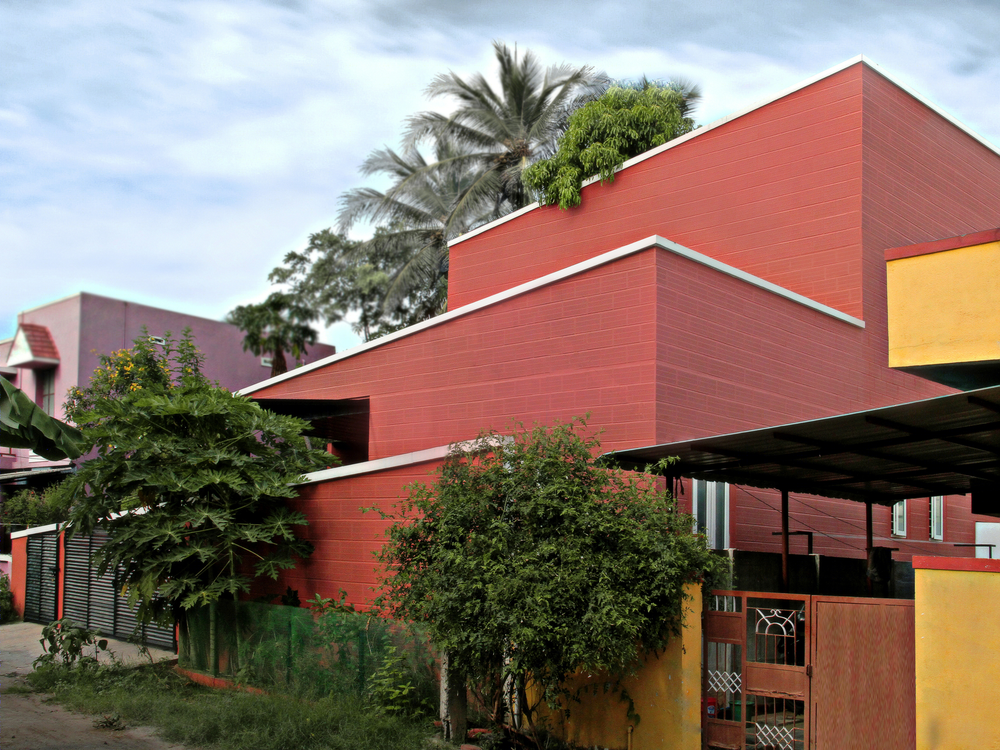

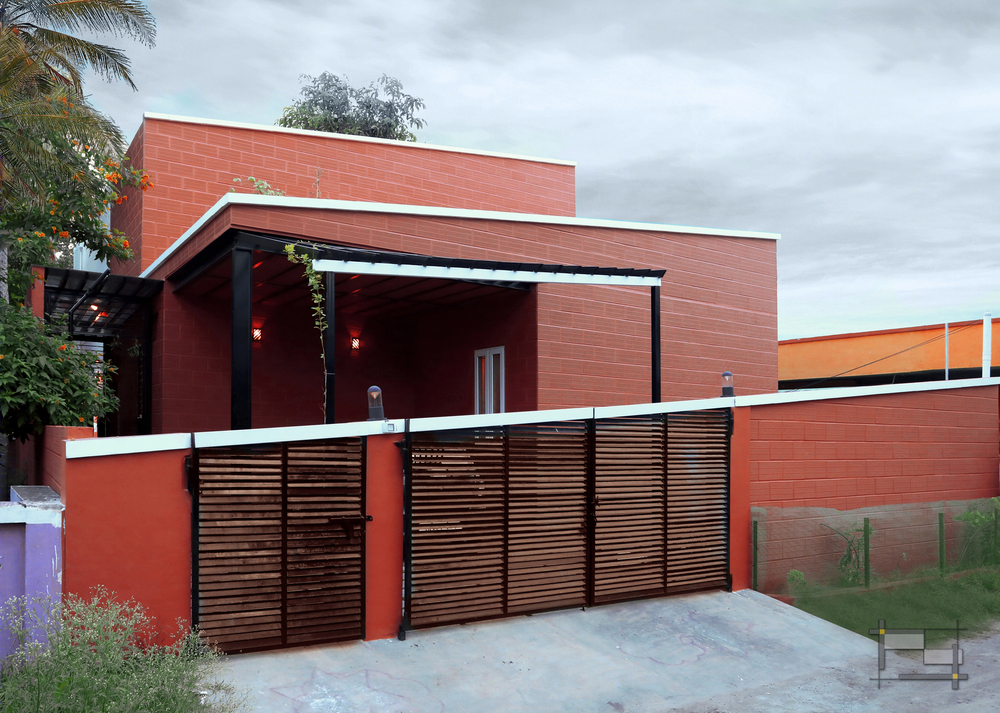
Interiors - To maintain a pleasant micro-climate; the inner garden, the Porotherm blocks for roofing, and walls are used. Having calculated openings on all 4 sides of the building maintains cross ventilation. Porotherm blocks, which by nature of the air gaps present within, provide for perfect insulation from the harsh heat of tropical weather making the interior cool. The interior of the house is dictated by simplicity and conventionality. Adorned with classical décor items, traditional furniture made from mango wood, and Jali, the ambiance is further complemented by harnessing natural lighting to create experiences and simple spaces the family can identify with and cherish. In conclusion, The ‘Treehouse’ as its name suggests truly represents the growth and nurture of its inhabitants.




